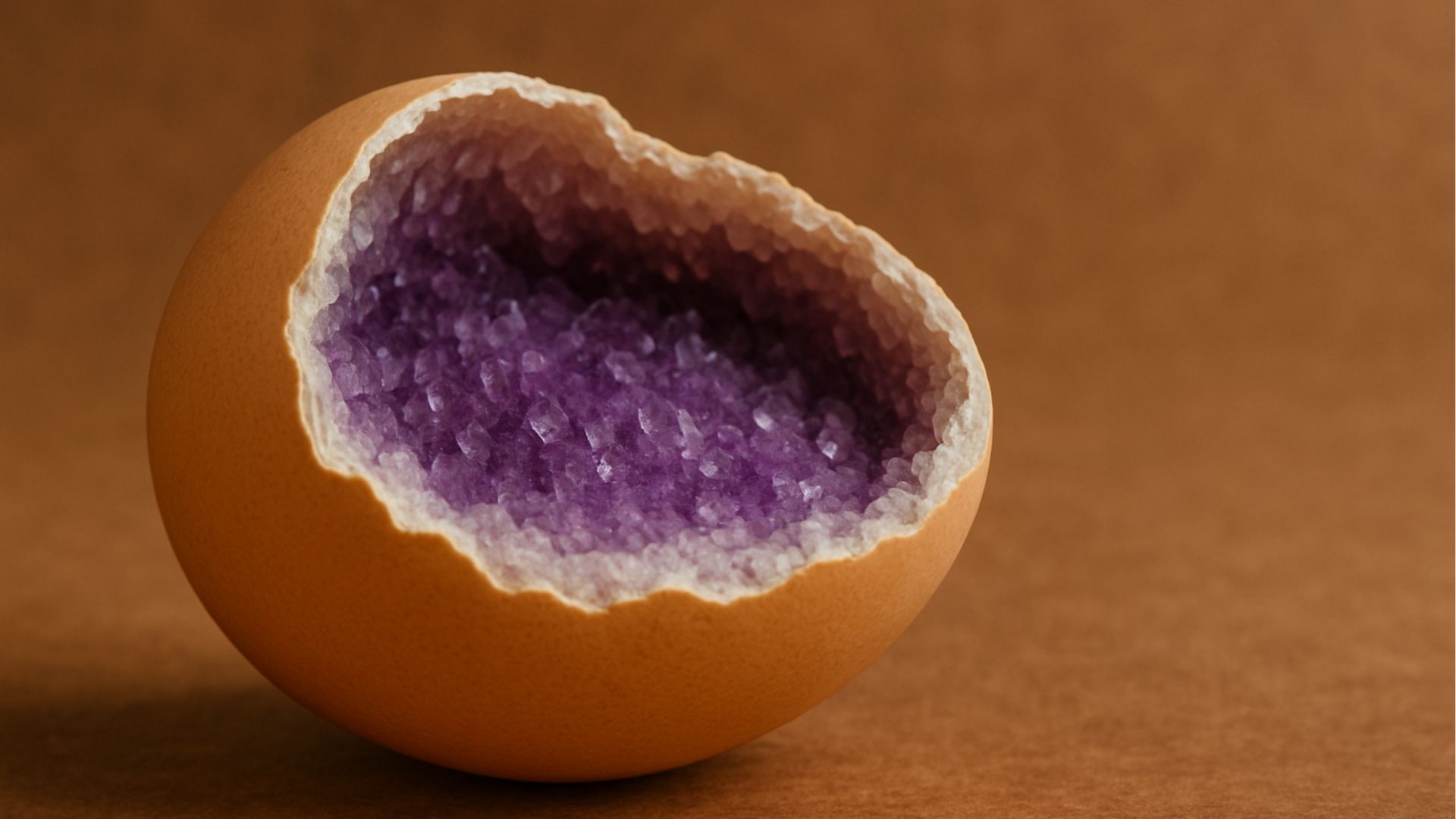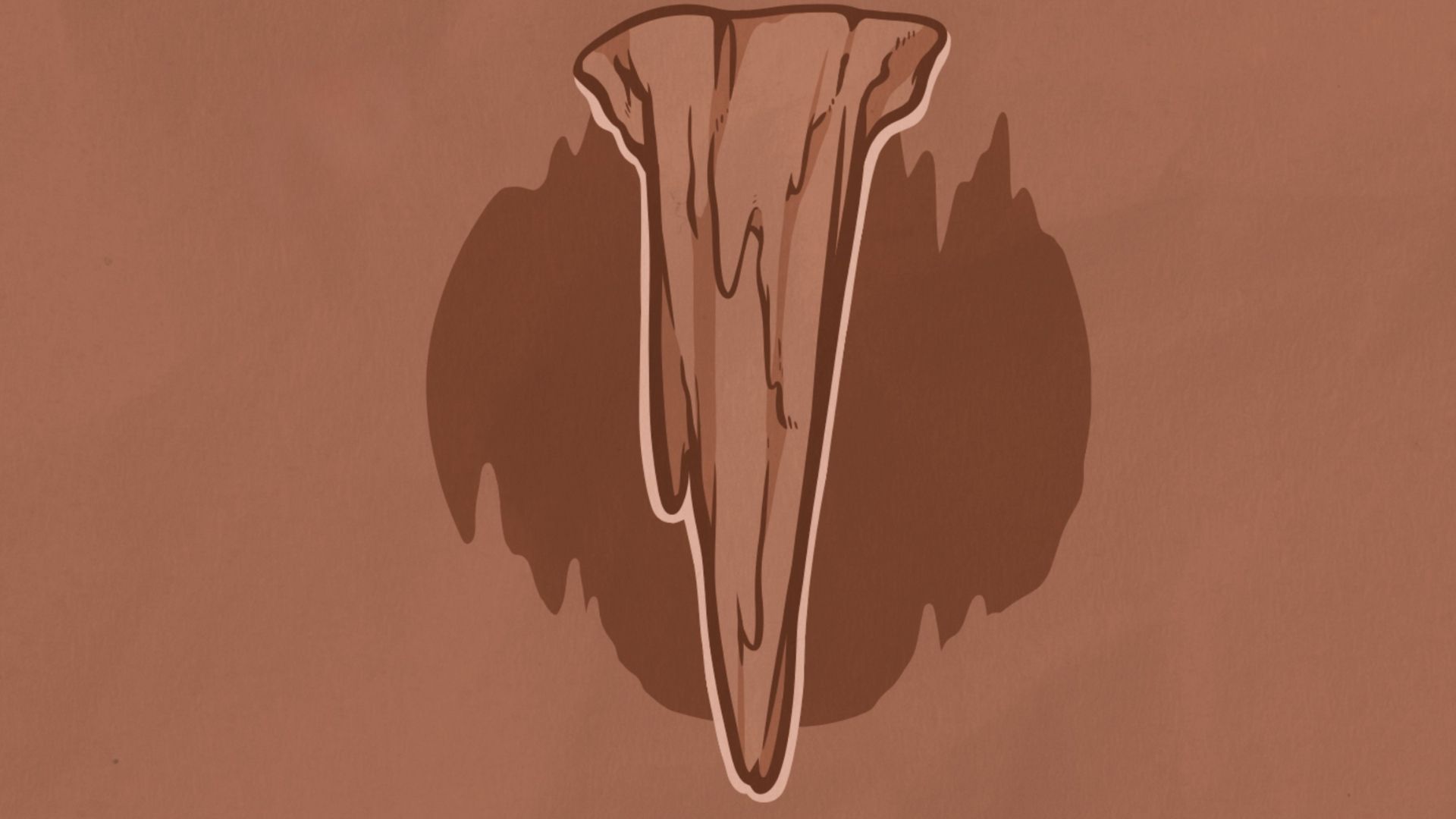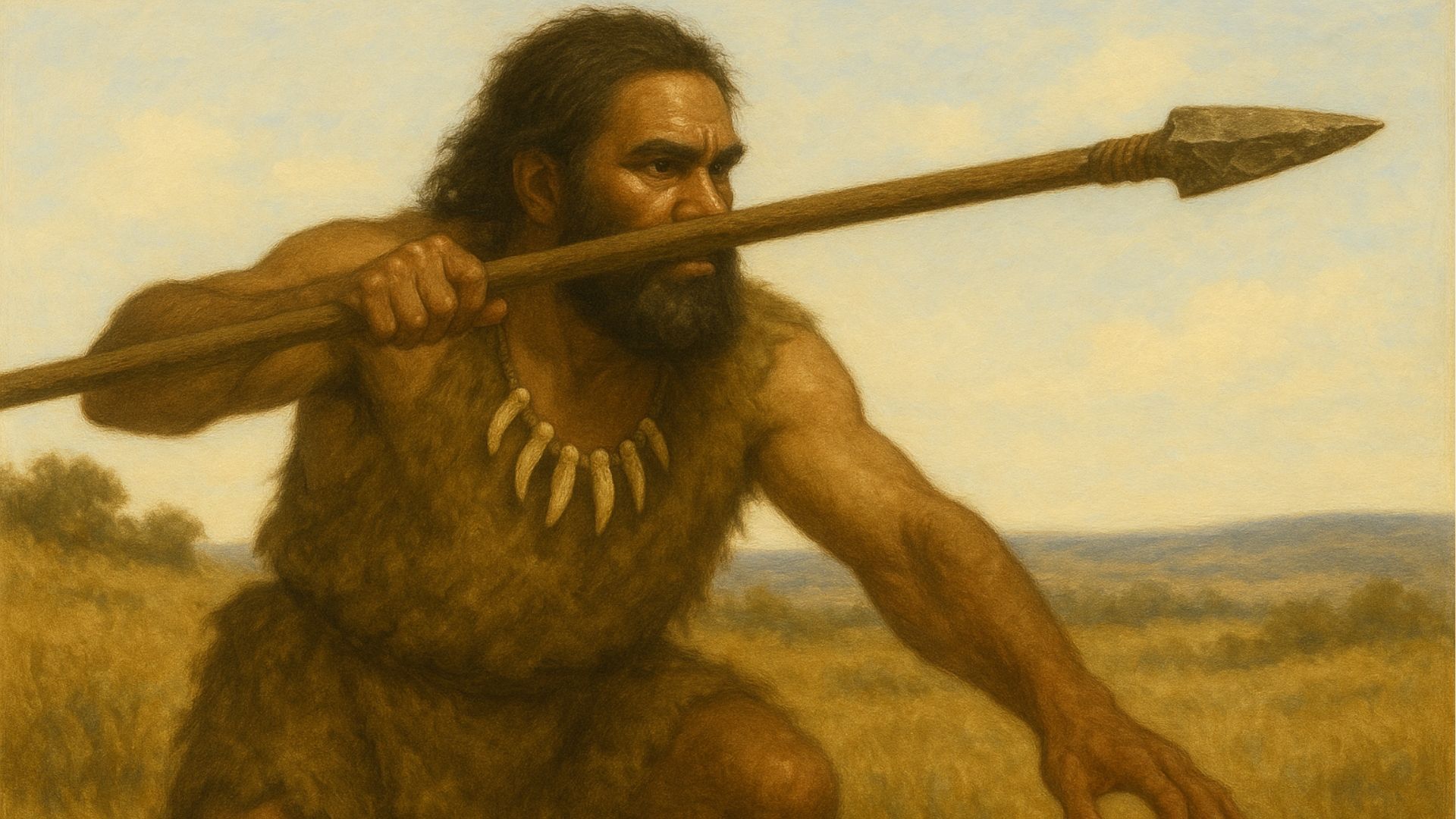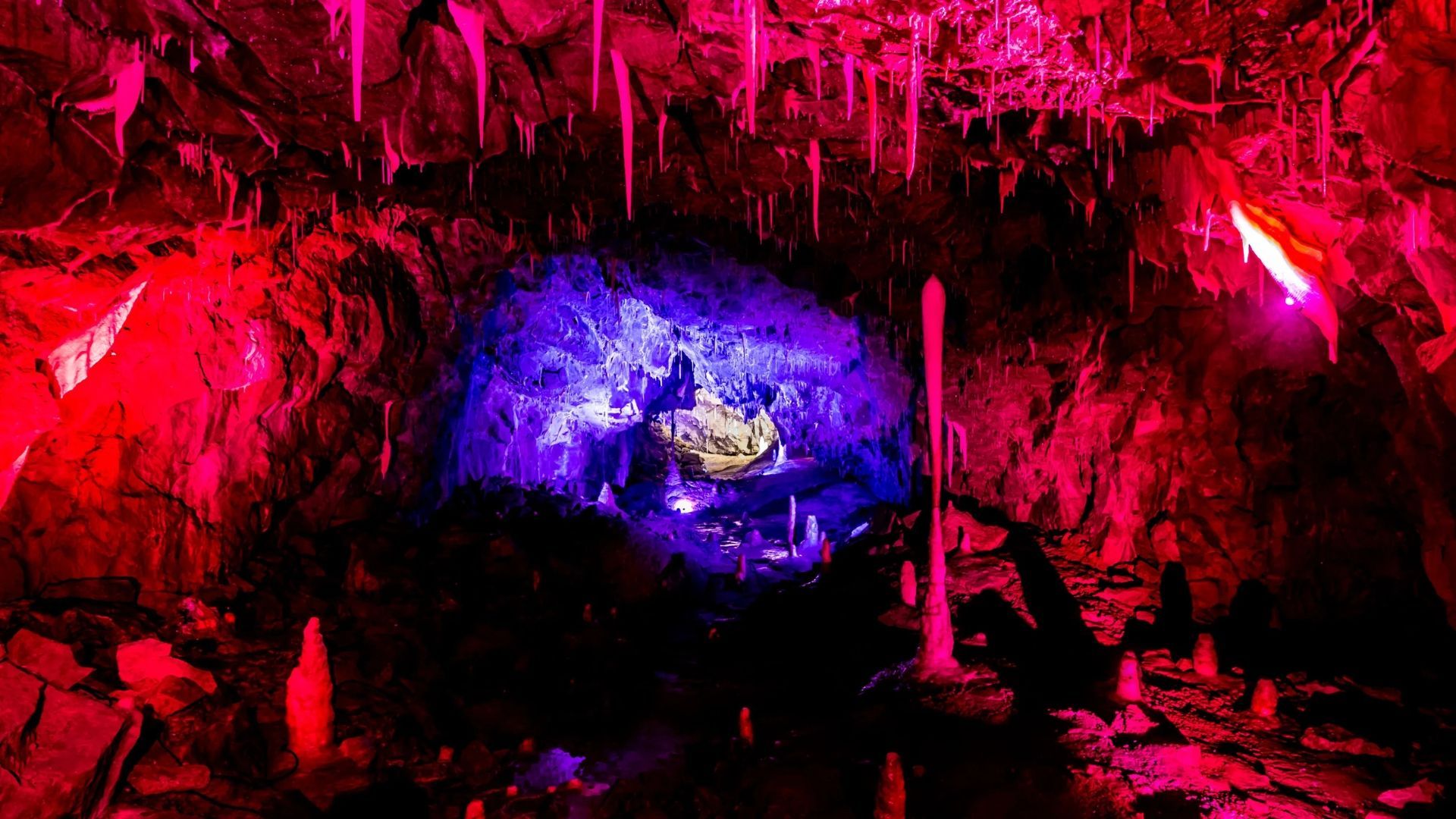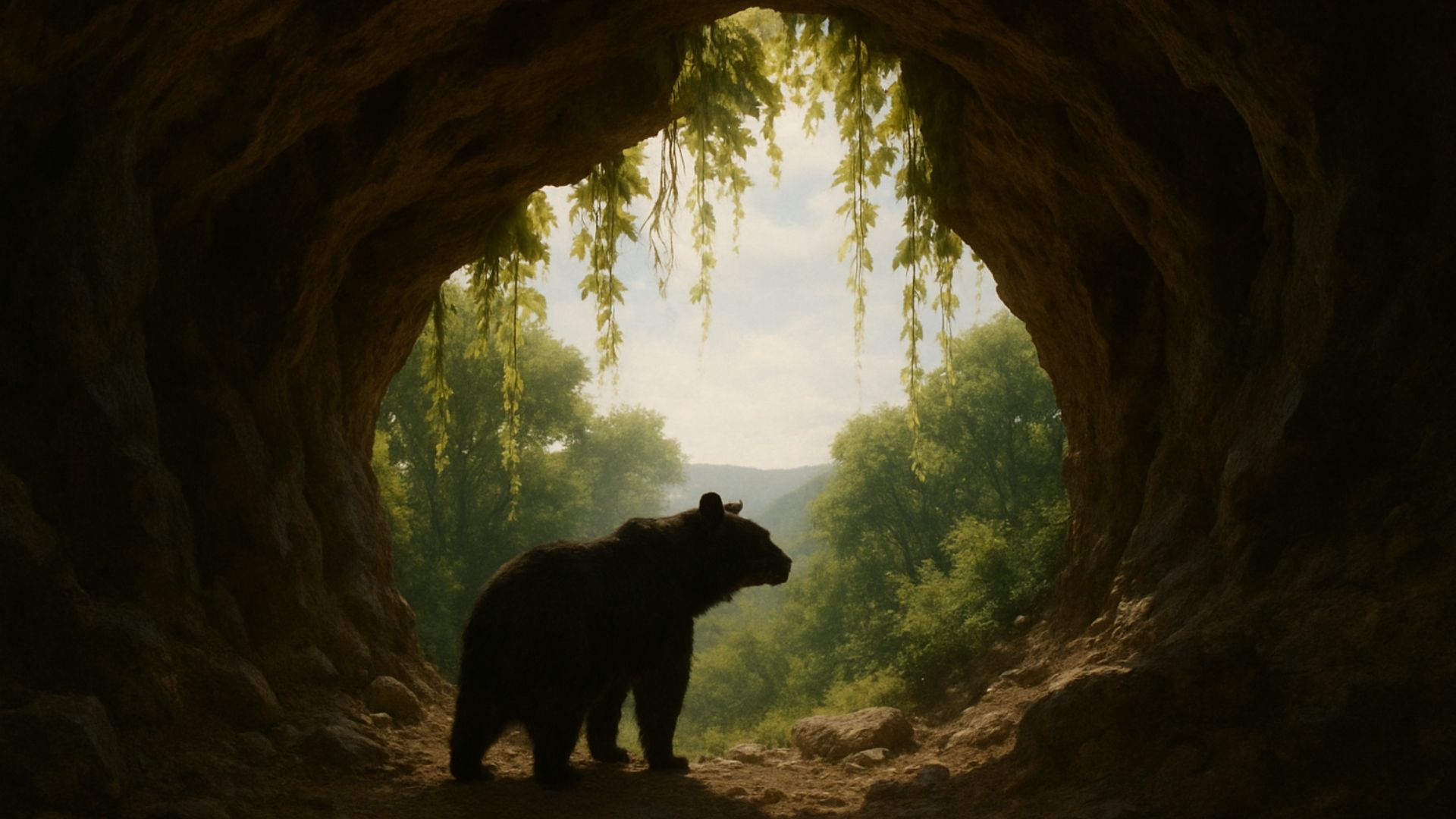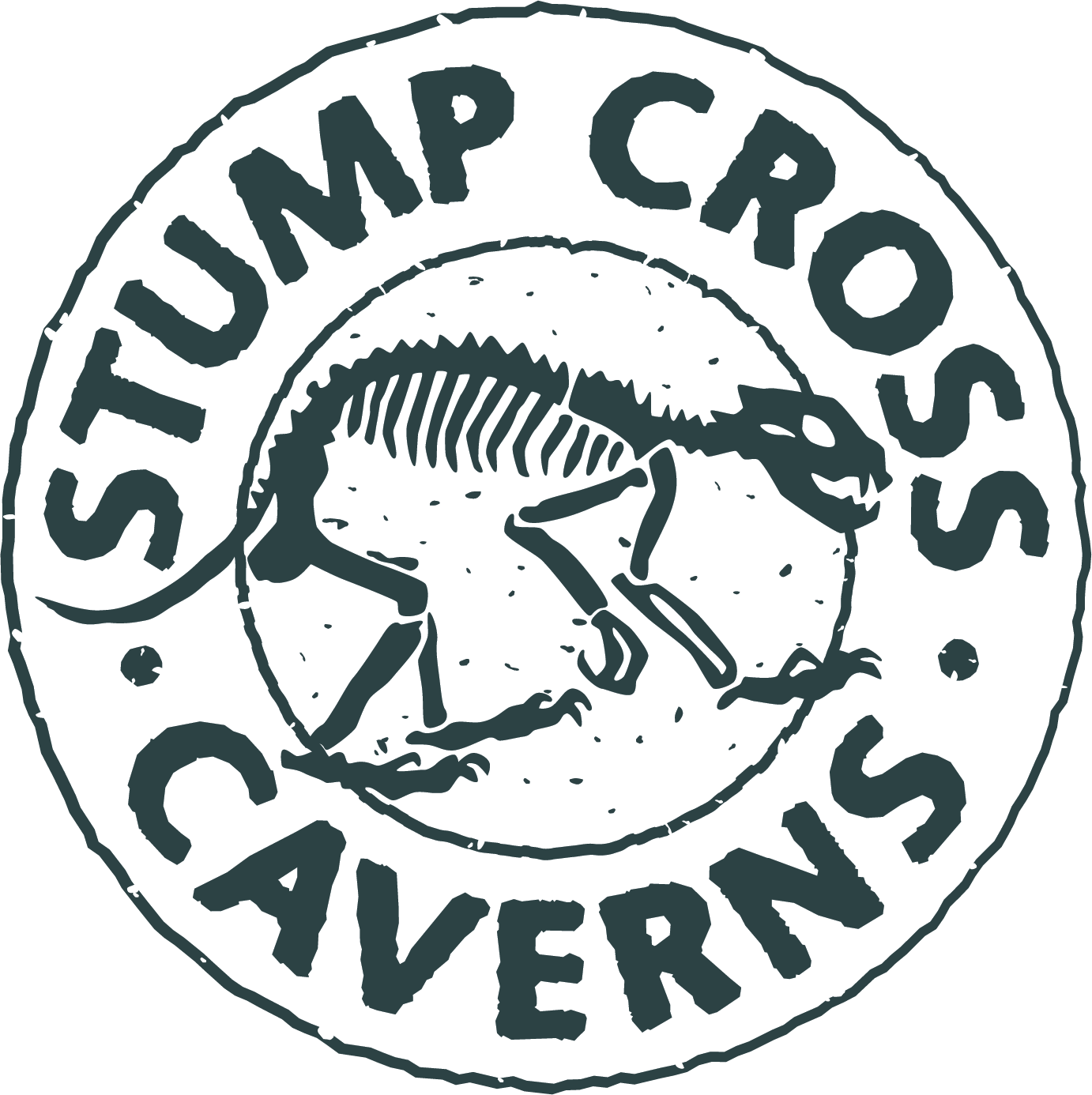Could you draw a Stone Age person? Learn what our prehistoric ancestors might have looked like.

If there's one thing most people forget about the Stone Age, it's just how long it was.
This is partly because of how history is taught in our schools. We get fed the past in bite-sized chunks that grow smaller and smaller as we march to the present: 2,000 years of the Romans, 100-odd years of the Tudors and four years of the First World War.
The Stone Age puts these epochs into the shade. It lasted about 3.4 million years. That's 99% of human history. Wow!
It's so long, in fact, that it gets divided into three distinct periods: the Palaeolithic, Mesolithic and Neolithic ages. Each had distinct rituals, art, food and drink, habitats, tools and clothes.
Despite these changes, however, it seems one thing stayed pretty much the same: the way Stone Age people looked.
In fact, a Stone Age person could probably pass for a present-day human – if you gave them a modern makeover and asked them not to speak!
So… what did they look like?
According to the National Museum of Denmark, Stone Age people looked much like humans today – and they should know.
After all, the National Museum is a treasure trove of Stone Age artefacts: from the world's oldest bows to flint axes, amber beads and a decorative Neolithic vessel called the "Skarpsalling Pot".
The main difference between now and then was height. Today, the average global height for women is five feet three inches. For men, it's five feet seven inches.
If the average person time-travelled back to the Stone Age, they wouldn't tower over the locals. But they would be two to three inches taller.
The average height for women was around five feet, with men coming in at an average of five feet five inches.
Stone Age people were muscular – not a surprise when you consider how much time they spent working and hunting.
So, is that it? A simple case of height? Well, not quite. Stone Age human skulls were a bit heavier than ours. And because of their chewy diet, their jaws were better developed.
What did they wear?
Like most aspects of Stone Age life, clothes were the product of animal hunting.
Archaeologists have revealed that Stone Age people wore rudimentary jackets and shoes made out of animal hides. At some point, they started making trousers and skirts using leather. They also made jewellery from shells, bones, seeds and pieces of amber.
Learn more about
Stone Age clothing.
Four remarkable finds that help teach us what Stone Age people looked like
1. Cheddar Man
Who was Cheddar Man? Unearthed in 1903 in Somerset's Cheddar Gorge, he was, at the time of discovery, the oldest complete skeleton in the world – some 10,000 years old.
In 2018, a team of scientists at University College London achieved something remarkable. They analysed his genome and used the data to reconstruct his head.
The result is astonishing. Cheddar Man had dark brown hair, blue eyes and, perhaps most surprisingly, dark skin. It seems the lighter skin of some modern Britons came much later.
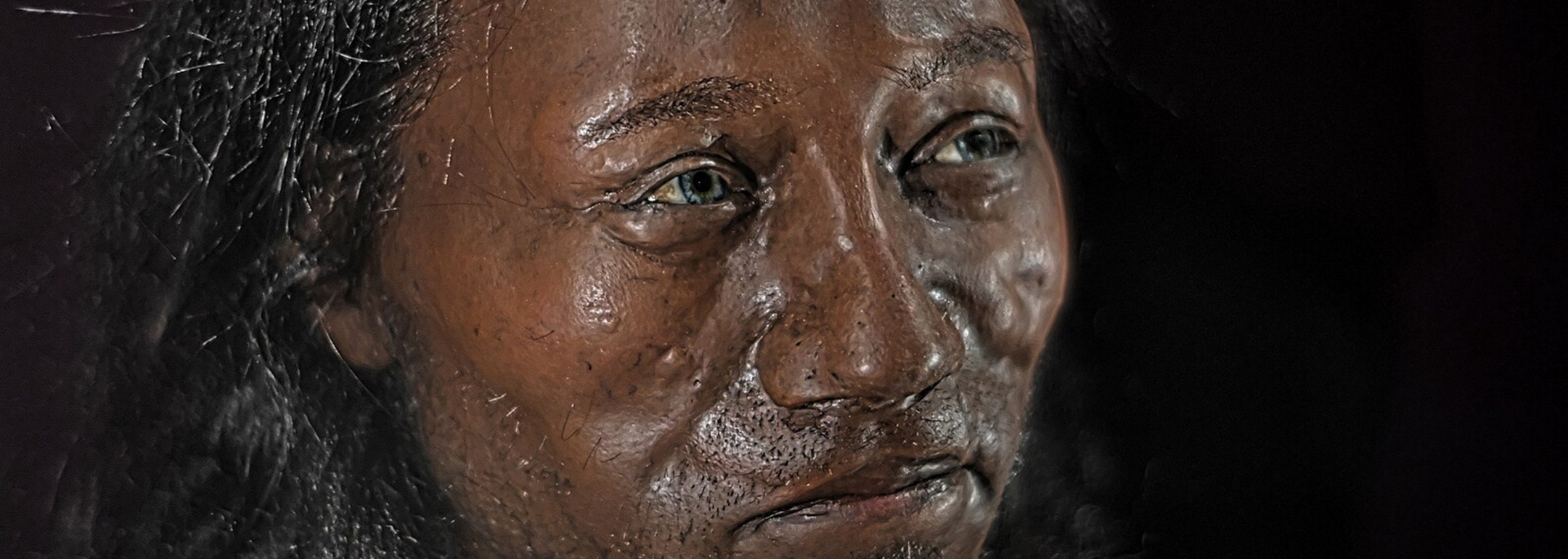
The scientists also discovered that Cheddar Man was around five feet five inches tall and unable to digest milk. Humans as a whole were lactose intolerant until the development of dairy farming.
That makes his name a little ironic, doesn't it?
2. Shanidar Z
In 2024, the team of scientists behind the Netflix documentary Secrets of the Neanderthals recreated the face of a 75,000-year-old woman.
Hundreds of fragments of her skeleton were dug up in a cave in Iraqi Kurdistan in 2018. The cave was already known to scientists as the site of Neanderthal skeletons.
A team of archaeologists and scientists at the University of Cambridge rebuilt her skull from these fragments. The results are striking and uncannily recognisable.
Shanidar Z, however, is not quite the same as you and me. This is because Neanderthal skulls are a bit different from their human counterparts. In the words of Dr Emma Pomery, a palaeo-anthropologist at Cambridge:
"Neanderthal skulls have huge brow ridges and lack chins, with a projecting midface that results in more prominent noses. But the recreated face suggests those differences were not so stark in life."
The researchers believe Shanidar Z may have been in her 40s when she died – a pretty good innings for a Neanderthal.
3. Penang Woman
Since 1851, diggers have found 41 skeletons at the Neolithic site of Guar Kepah in Malaysia. And in 2017, scientists found a fascinating range of bones, pottery and stone tools.
Researchers used a CT scan to study the remains. Doing so enabled them to make a 3D recreation of a 5,000-year-old woman they called "Penang Woman".
Anatomical details suggest she died at the age of 40. She was found in a shell midden – essentially a prehistoric pile of kitchen waste. She had her arms folded, which scientists believe shows her to have had a high social status.
4. Lion-man
It's not just the remains of Stone Age people that tell us what they looked like. Archaeologists and historians have also gathered clues from early examples of figurative art.
Take the Löwenmensch figurine, also known as the "Lion-man of Hohlenstein-Stadel". This ivory sculpture, found in a German cave in 1939, is somewhere between 35,000 and 41,000 years old.
It shows a human body with the head of a cave lion. It's a fantastical creation, for sure – but could the body be an accurate representation of human bodies at the time?
Final thoughts
Like all fields of science, palaeontology is keen to embrace new technologies. Who knows how these will deepen our understanding of what Stone Age people looked like? Whatever happens, we'll be sure to let you know.
Located in the windswept Yorkshire Dales, Stump Cross Caverns is an ancient underground cave system staffed by a team of Stone Age enthusiasts. We even have our very own resident Cavewoman! Fancy an exciting and educational day trip out in Yorkshire? You'll get the best price when you book your tickets online.



